火星探测:八张图看懂“火星采样”计划

美国国家航空航天局(NASA)“毅力号”漫游器2月18日登陆火星,主要任务是设法采集火星岩石和土壤样本,然后把它们带回地球。
这是2020年“火星探测发射窗口”期间开启的三个火星任务之一;另外两个是阿联酋火星探测器“希望号”(Hope)和中国“天问-1”。
“希望号”2月9日抵达预定火星轨道,“天问-1号”2月11日抵达目标轨道。
2020年被称为“火星年”,因为地球和火星距离最近,发射火星探测器需要的燃料最少。这个发射窗口每26个月出现一次。

毅力号着陆“恐怖七分钟”过程如下(格林尼治时间2月18日):
进入大气层:20:48 GMT
降落伞开启:20:52 GMT
引擎驱动下降:20:54 GMT
起落架放下: 20:55 GMT


“毅力号”有两个漫游机器人搜索和采集标本,还有一个精密致巧的传送系统用来把样本带回家。
科学家希望在地球上的实验室来研究样本,以确定那颗红色星球上是否存在或曾经存在过类似地球上的生命。
下面八张图解释了美国NASA和欧洲ESA合作将火星岩石和土壤样本运回地球的过程。
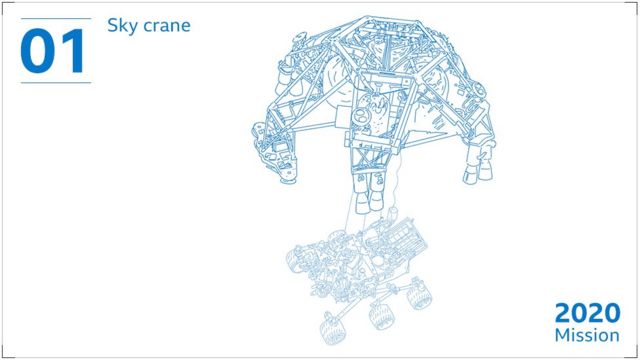
“空中吊车” - 悬浮式着陆系统
2020年,美国国家航空航天局研制出一款新型火星漫游探测器,命名为“毅力号”(Perseverance),配备了最新仪器设备,2021年2月18日抵达火星大气层,经过危险的着陆过程,最终被“天空吊车”悬浮式降落到火星表面。
降落过程中采用了巨大的降落伞和火箭引擎帮助减速,然后再用缆索把漫游器放到地面。
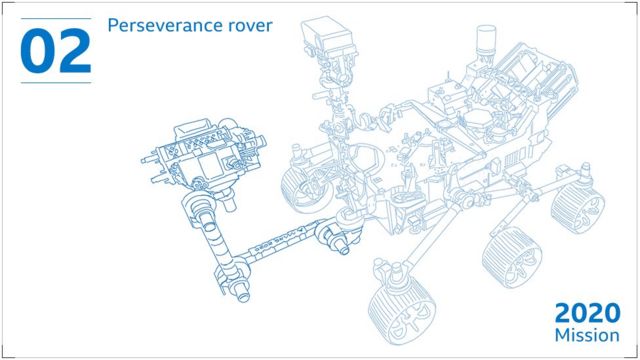
毅力号火星漫游探测器
“毅力号” — 无人驾驶漫游器,六个轮子,23个摄像头,还有一个钻头。它的使命是在火星上一个叫耶泽罗的巨大的陨石撞击坑里搜索古代生命迹象,采集可能与微生物有过接触或被微生物改变的岩石和土壤样本。
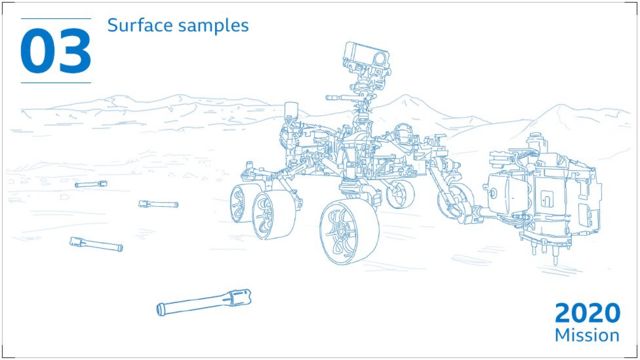
火星表面岩石、土壤样本
“毅力号”采到的样本后会存放在金属罐里,罐子留在原地,自己继续执行探测任务。它的核动力系统可以维持漫游10年以上。
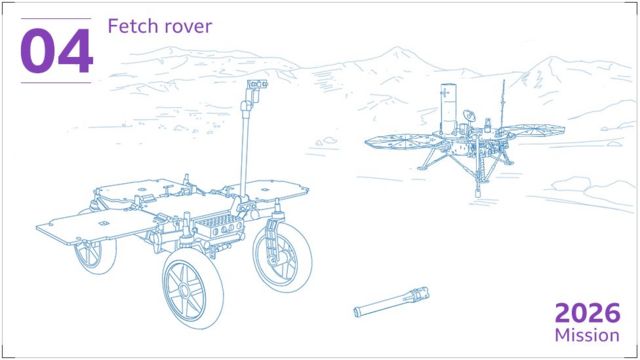
“取货车”
“毅力号”采集的样本要过几年才能被送到地球。根据计划,2026以后,一辆“取货车”将前往火星,着陆后把“毅力号”留下的样本罐一一取回。这个火星漫游器由欧洲航天局(ESA)建造。
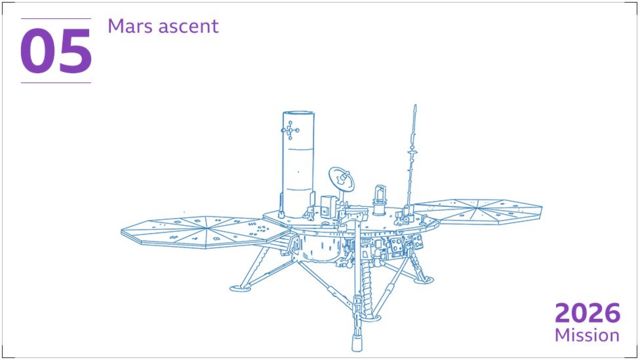
从火星升空火箭
“取货车”把收集到的样本罐装到一个安全容器里,再把这个样本传输舱装到一个小火箭(MAV)上。这个火箭发射升空,把样本容器放到火星轨道上。
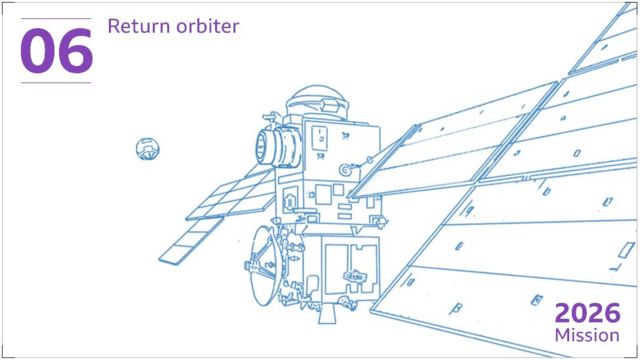
返回轨道飞行器
欧洲的一颗卫星将在火星轨道上“截获”这个样本容器。这颗卫星就像“返回地球轨道飞行器”,或者说货运飞船,负责把火星岩石和土壤样本带回地球。
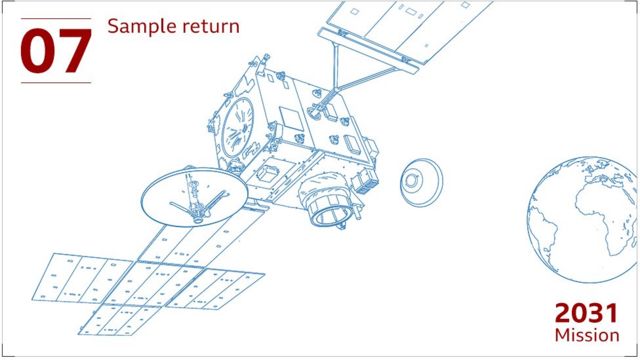
样本送到地球
我们预计这颗运输卫星最早将于2031年返回地球。那时,装载着火星样本的密封舱会穿越地球大气层,在北美某个地方着陆。
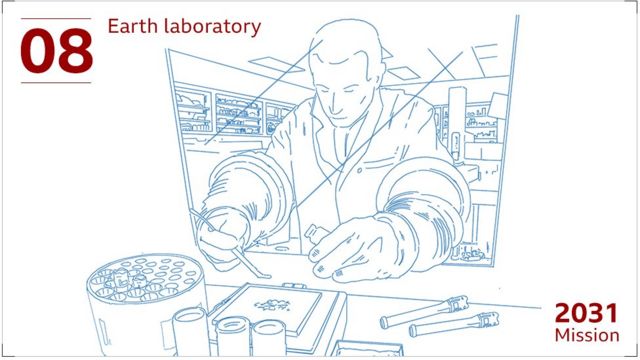
地球实验室
火星样本送到地球后,科学家们会在实验室里用最先进的技术对这些岩石和土壤样本展开研究,包括目前还没有发明的技术。这些样本将会告诉我们火星上到底是否有过生命,或者为我们提供解答这个问题的线索。
绘图:杰瑞·弗莱切(Gerry Fletche)
制作:乔纳森·阿莫斯( Jonathan Amos)、汤姆·豪斯登(Tom Housden)、希尔帕·萨拉夫( Shilpa Saraf)、艾维萨·特奇尤( Evisa Terziu)
原文地址:点击此处查看原文